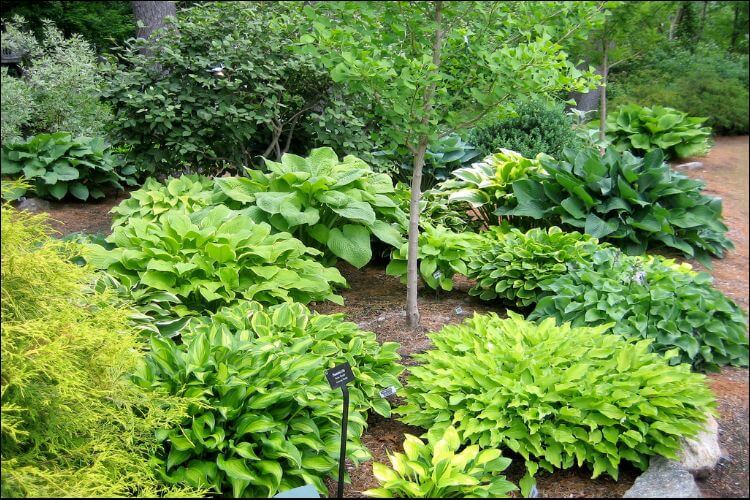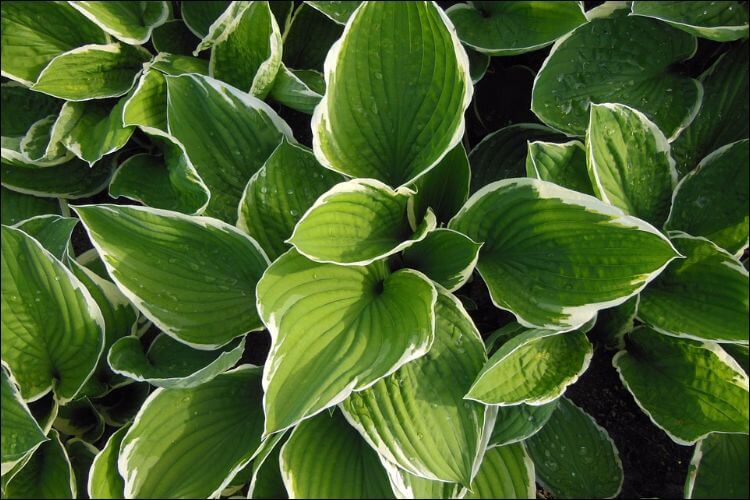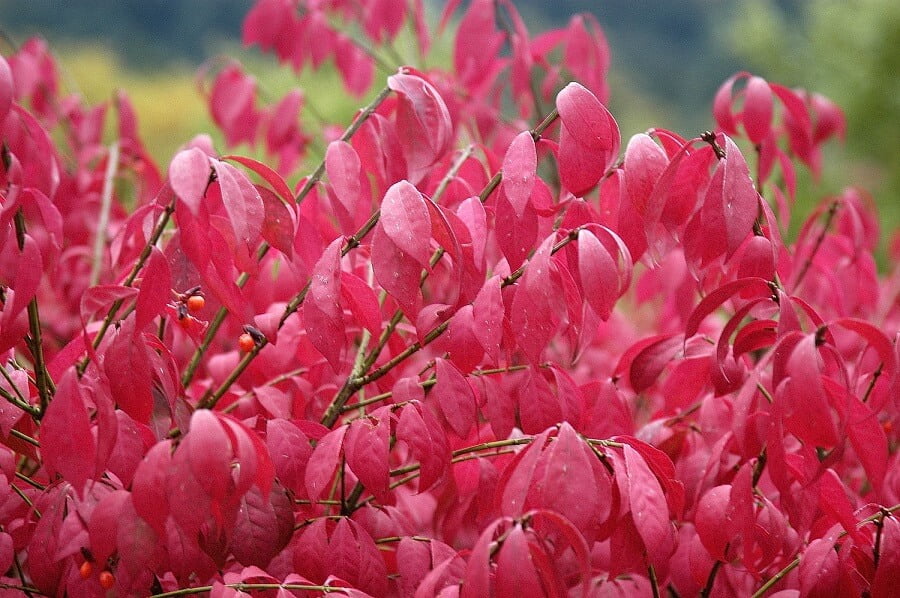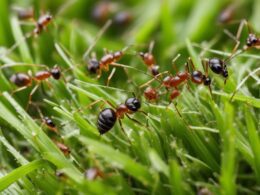How Can I Incorporate Hostas into My Fall Lawn Care Routine?
Looking to add some color and texture to your fall lawn care routine? Hostas are a fantastic way to enhance the beauty of your yard. With their lush foliage and variety of leaf colors, hostas can create a stunning visual impact. To incorporate hostas into your lawn care routine, choose a suitable spot with partial shade and well-drained soil. Ensure you provide regular watering and adequate mulching to keep them healthy. These lawn care tips for a beautiful yard will help you enjoy the vibrant presence of hostas throughout the fall season.
Landscaping Principles
There are a couple of simple rules you should keep in mind when deciding on landscaping with hostas. Though they aren’t that strict, it’s a useful start for those who are not so experienced in gardening.1. Don’t Get Too Many Colored Hostas
One of the most common mistakes people do when including hostas in their garden or backyard is to combine different colors. Though in itself is not a bad idea, it can ruin the entire aspect of the garden if you don’t know how to mix them. Balance the design by using blue, green or other varieties with subtle shades. The best thing about these options is that you can use them anywhere.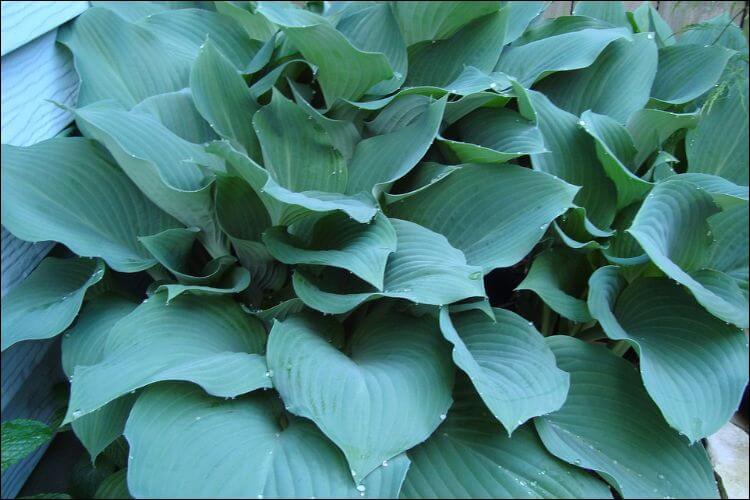
2. Use Flowers
Maybe the best thing when designing a garden is working with colors. You have absolute freedom to combine, include or take out different shades to get to the result you want. A great thing you should remember about landscaping with hostas is the fact that they offer a huge variety of leaves. From brilliant yellow to near-black green, sharp white or silvery blue, they’re a great solution for anybody who’s out of ideas. For this reason, they’re the perfect background for a lot of different types of flowers. For example, you can combine a gold hosta with yellow flowers or a blue one with pink and purple colors. But more about plants you can combine with hostas later.3. Adapt the Hosta to the Location
If you have a large backyard or garden, it’s important to adapt the hosta to the location where you want it to grow. Here you have a couple of useful suggestions if you’re not sure what and where to plant:- On slopes, next to a pond or a stream
- Green Fountain;
- Niagara Falls;
- Permanent Wave;
- Jade Cascade;
- Azure Snow;
- Maekawa.
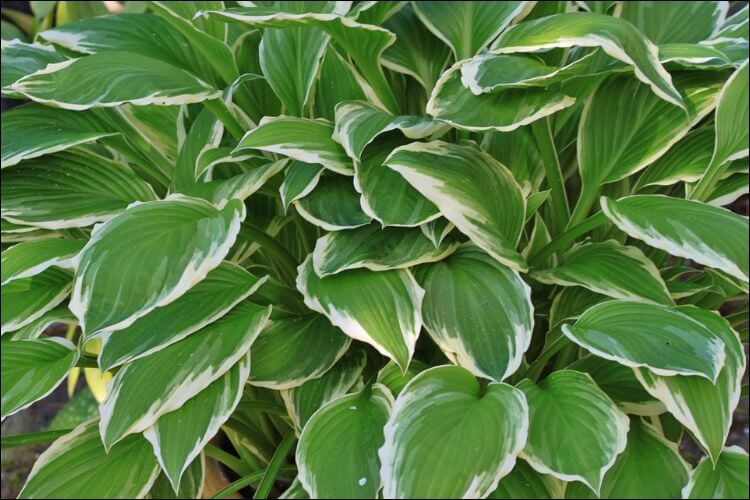
- Near trees or posts
- Sun Power;
- Hosta nigrescens;
- Sagae;
- Regal Splendor;
- Krossa Regal.
- Areas that are slug-prone
- Sagae;
- Halcyon;
- Inniswood;
- June;
- Sum and Substance;
- Hosta sieboldiana elegans;
- Blue Angel.
- Next to a path or a bench
- So Sweet;
- Fragrant Blue;
- Guacamole;
- Hosta plantains;
- Fragrant Bouquet.

4. Complement the Hostas
Regardless of the varieties you prefer, it’s important not to overdo it. However, often they can clash with each other, or make up an interesting corner of your garden. If you plant two of them together, you should make sure one complements the other. For example, take advantage of a solid-colored one to mirror the color of a variegated one, such as a combination of gold in both plants or green and green-and-white-variegated plants.5. Choose Companions Based on Textures
When landscaping with hostas, it’s important to play with fine textures. As we previously mentioned, they provide a dense background, which leaves room for fine-textured companion plants. The resulting interaction is quite interesting for any viewer. Among the companions you can choose under these circumstances there are:- Ferns;
- Astilbes;
- Goatsbears;
- Bugbanes.
- Epimemdiums;
- Solomon’s Seals;
- Bigroot Cranesbills;
- Daylilies;
- Martagon Lilies.
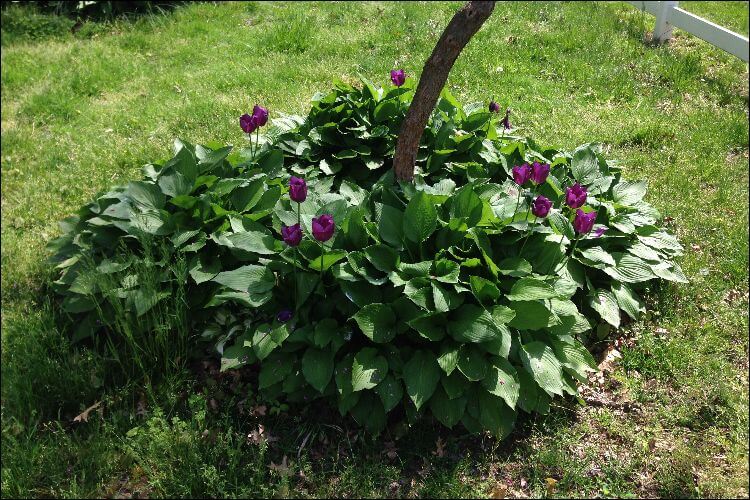
Landscaping with Hostas Design Ideas
Now that you know the basic notions you should follow when landscaping with hostas, we also bring you a couple of ideas for your backyard. Check out the suggestions below and see which ones would match your own plans for decorating your garden.1. Line Walkways
This is a great idea for a backyard that has plenty of walkways. But even if you only have one, you can take advantage of it and line it with hostas. In this case, it’s a good idea to use a Lemon Lime variety. It’s a mini type that makes for a clean border. Moreover, the best thing about it is that it allows you to use other hosta varieties behind it. Use a taller one, such as the Pineapple Juice, to make it stand out.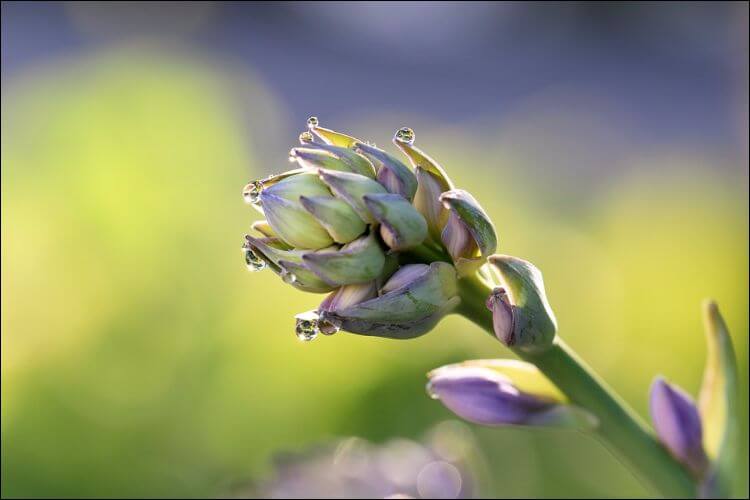
2. Put them in Containers
Growing hostas in containers isn’t a bad idea. You can keep them in your backyard and take them in when it’s cold outside. However, since they are quite large in general, you will have to choose a miniature variety. Here you can mix any type of hosta you want. The more, the better. The result will be an interesting mosaic of different colors, leaf shapes, and shades. One suggestion is the Alakazaam variety, with tapered and ruffled leaves. It has green centers and yellow margins, while the flowers have a lavender color. You can also combine this variety with the Gemstone cultivar. The latter can grow to 10 inches high and presents wavy, rippled blue leaves. Moreover, it has lavender flowers placed on stems that reach 22 inches in height.3. Go for a Silver-Blue Combination
Long way back, people struggled to find a blue hosta variety that would last in the summer. Luckily, now you can find the Silver Bay one. It presents silvery-blue leaves that stay like that all the season. There’s also another option, the Blue Mouse Ears, which lets you play with some blue-gray leaves. Combine these two with silver or purple flowers for a great effect.4. Repeat the Varieties
Repeating the same colors and patterns can draw the eye to a certain area if you’re doing it correctly. Don’t limit yourself to planting hostas only in a certain place or just in a row. Play with the seeds and mix them around. If you’re feeling lucky, you can throw in a bunch of seeds randomly. However, you risk obtaining a ugly final design. Ideally, you should repeat similar variegations in the same planting bed. Don’t forget to let the plants stand on their own by playing with contrast. Choose different sizes, leaf shapes, or sheens.